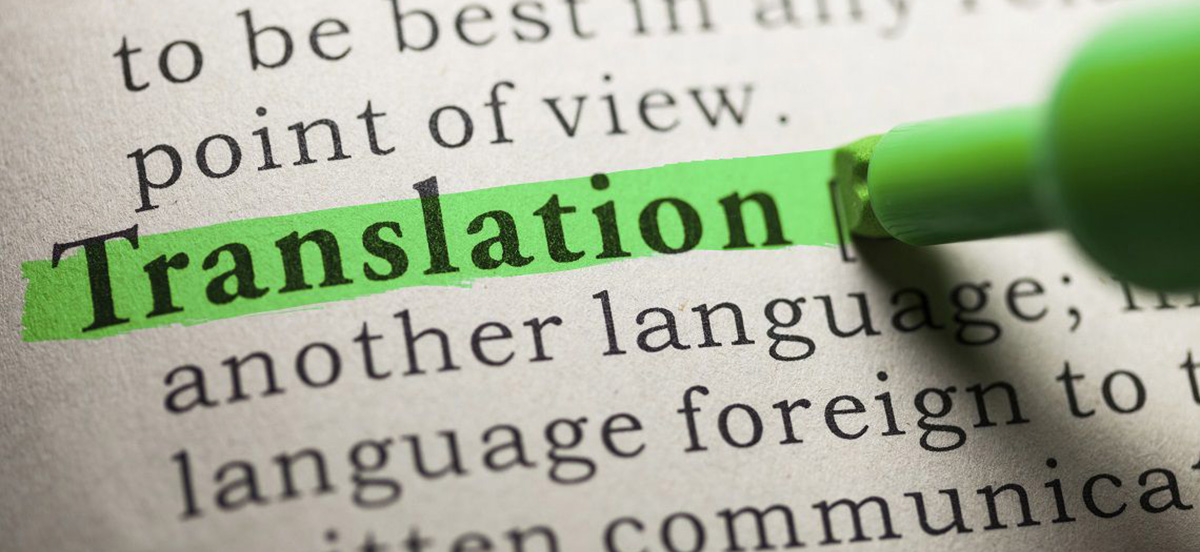What is translation methodology?
The answer is processes, professionals, and tools. A first class translation methodology is knowing how to combine these three elements. And to do so in one streamlined process, which saves you time, money and hassle. QuickSilver make use of state-of-the-art Computer Assisted Translation (CAT) software and desktop publishing (DTP) programs.
The benefits of the QuickSilver approach can be divided into three categories:
Speed
We reduce production and management time thanks to a more efficient process. Time-to-market is considerably shorter. And last minute changes are not a problem.
Cost
The centralisation of services, which is key to the QuickSilver translation methodology, reduces internal and external costs. It makes adding languages much more cost efficient. And finally, it reduces the resources spent on managing suppliers.
Quality
Firstly, our stringent translator selection process can give you confidence. Furthermore, we respond to your linguistic preferences, ensuring that the final translation is exactly what you want. Finally, our software guarantees consistency across all your projects.
Use of Translation Memory
CAT tools refer to all specialist software used by translators and language reviewers, to help them work better and faster. The purpose of these tools is to optimise the process in three ways: Improving the quality of translations, reducing the time it takes, and reducing the costs associated.
CAT tools split a source text into manageable units known as ‘segments’. The software then builds databases of equivalent segments in different languages. The databases of these matching segments form a Translation Memory (TM). The TM ‘remembers’ how we translate each segment of text. Therefore, if the same segment appears again in future projects, the TM will offer the ‘remembered’ translation as a suggestion.
This enables a consistency of translation in the work we do. Naturally, we build a TM for each of our clients. So regardless of which translator works on a given text, we use consistent terminology in all translations for them. TMs also enable us to store industry-related terms, guaranteeing a precise and accurate translation of technical vocabulary.

Example of CAT Home screen:
- Source language
- Target language
- Segmentation (sorted and filtered)
- Percentage match with translation database
- Translation Memory entries
- Suggestions from terminology database
- Finished translation exports to your preferred format
- TM and Glossary exported and saved for future use
Translation Memories improve workflow and allow greater flexibility in translation. TM databases adapt themselves to the needs of different clients and different contexts. They are highly customisable, and the bigger they get, the better!
Find out more: Translation Memory: Optimising the translation process
Use of Glossaries and Termbases
Glossaries are simple lists, or larger databases, containing words (terminology) preferred by each client. In other words, a list of words in a spreadsheet. Ideally, a translation agency should create a glossary for every customer — at QuickSilver Translate, we do! After creating it, an internal reviewer (the client) should validate it. Once the glossary has been approved, it is in use and on-going. It is important to keep a glossary up to date — for example, to include new products or services your company are offering. By using a glossary, our translators ensure that they use the same translation, each time that word or term is featured in the text, as well as across projects.
Find out more: How to create a Glossary or Terminology Database
DTP and process
We offer integrated translation and DTP. Simply put, you send us your InDesign files and we return them to you translated and ready to deploy. We will supply PDF files suitable for emailing — with bookmarked indexes, cross-references and hyperlinks in place. Or high-resolution, print-ready PDFs (desktop or offset) that you can send direct to your printer.
Thinking of translation and desktop publishing (DTP) as two sides of the same coin is the most cost-effective approach to ensuring high-quality multilingual documentation. As part of our approach, as well as taking responsibility for the layout and formatting; we integrate the whole process into a workflow that reduces the translation cycle and offers our customers improved efficiency.
Project Management
Your assigned Project Manager will shepherd your project through our process. This includes:
- The initial extraction of your source text, and analysis against your Translation Memory.
- Creation (and on-going maintenance) of your Glossary.
- Selecting the appropriate translator, based on background, style and expertise.
- Internal review to confirm your preferred terminology and stylistic preferences have been considered.
- Coordinating with your internal reviewer.
- Quality Assurance
- Updating the TM for use in reprints, updates, and future projects; ensuring version control.
Conclusion
To summarise, QuickSilver Translate maintains an ISO 9001:2015 certification. This means you can be assured that we will produce the highest possible quality translation.
Find out more: How to evaluate a Translation Agency

For further explanation of our pricing please watch our short video!


